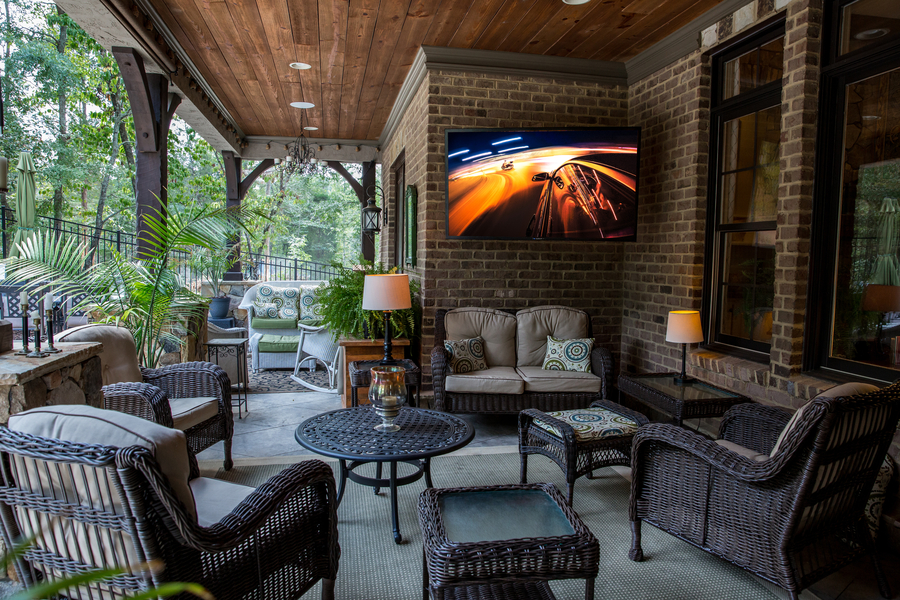The initial step in effective camera installation is to identify high-risk zones within the store. Such areas typically consist of entrances and exits, checkout counters, and aisles where expensive items are displayed. By installing surveillance devices in these locations, retailers can monitor shopper behavior and detect questionable conduct. Additionally, cameras at entrances can capture footage of people entering and exiting the retail space, which is essential for identifying potential shoplifters. This proactive approach aids in reducing theft and guaranteeing a secure atmosphere.
A further important consideration is the kind of camera used in the store space. Various types of cameras serve different purposes. For instance, dome surveillance cameras are often used for indoor surveillance because they are more noticeable and can cover a wide area. Conversely, bullet cameras are ideal for external application, as they are much visible and can discourage illegal behavior. Store owners should evaluate their specific needs and choose the suitable camera types to ensure complete monitoring of the retail space.

Along with surveillance camera models, the position and height at which cameras are installed play a crucial part in their efficacy. Cameras should be positioned at a height that allows for unobstructed viewing of faces and activities without being readily manipulated with. A typical suggestion is to install cameras at least eight to 10 ft off the floor. Furthermore, cameras should be angled to monitor as wide area as possible while avoiding blind spots. This tactical installation guarantees that all zones of the retail space are Read Full Article monitored, providing a complete perspective of shopper engagements and potential security threats.
Ultimately, it is crucial for store owners to regularly assess and maintain their monitoring equipment. This includes checking camera performance, confirming that recordings are clear, and updating software as required. Routine maintenance helps to avoid mechanical issues that could jeopardize safety. Additionally, retailers should analyze recordings periodically to identify trends in shopper behavior and potential safety threats. By staying proactive and mindful to their monitoring equipment, retailers can create a more secure shopping environment and protect their resources efficiently.